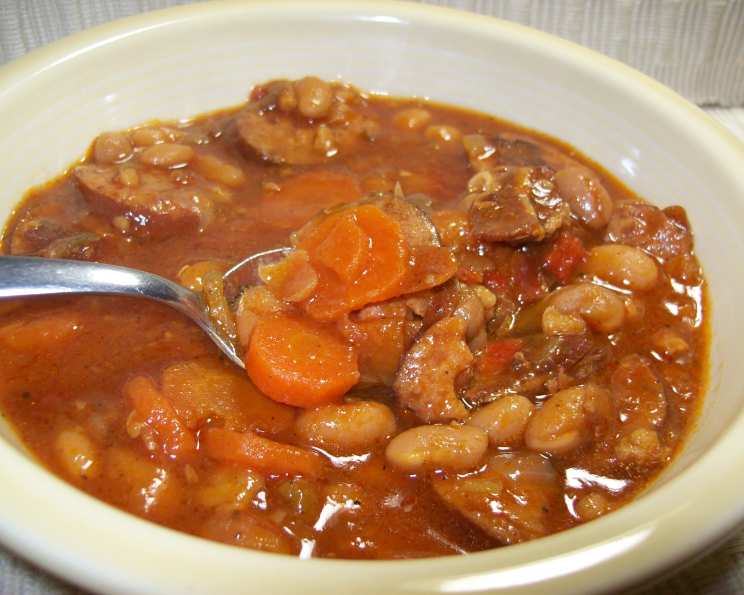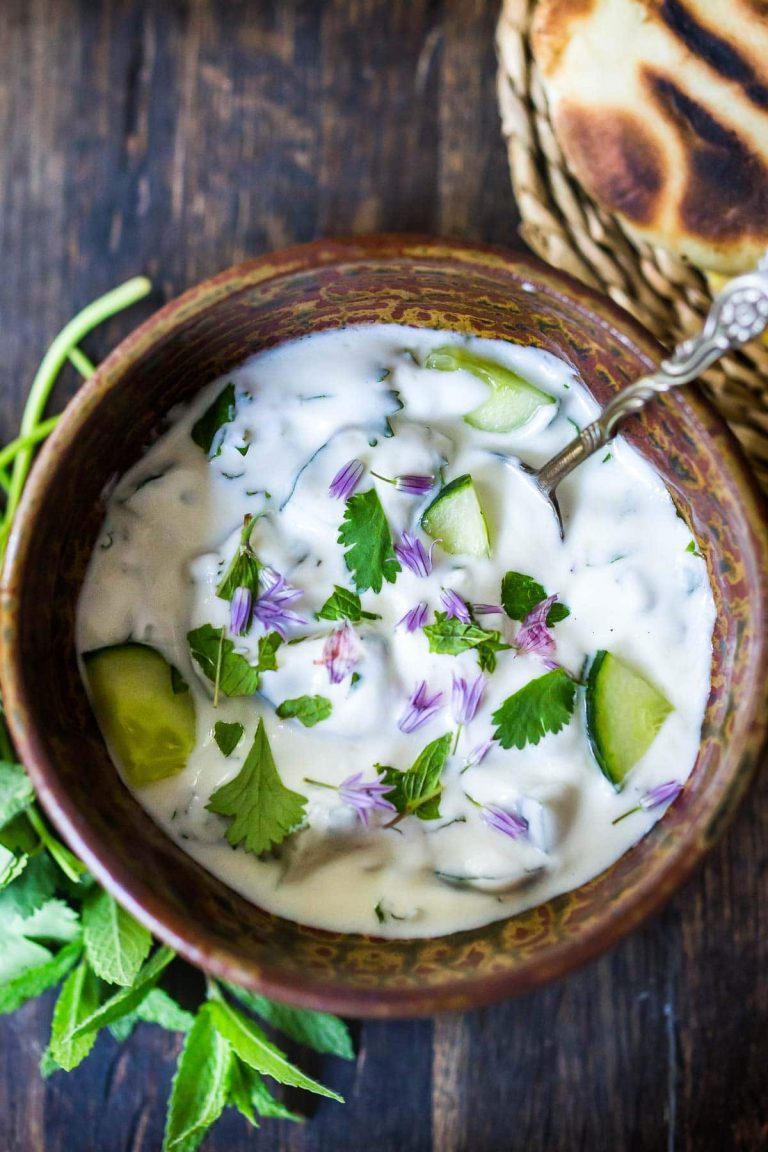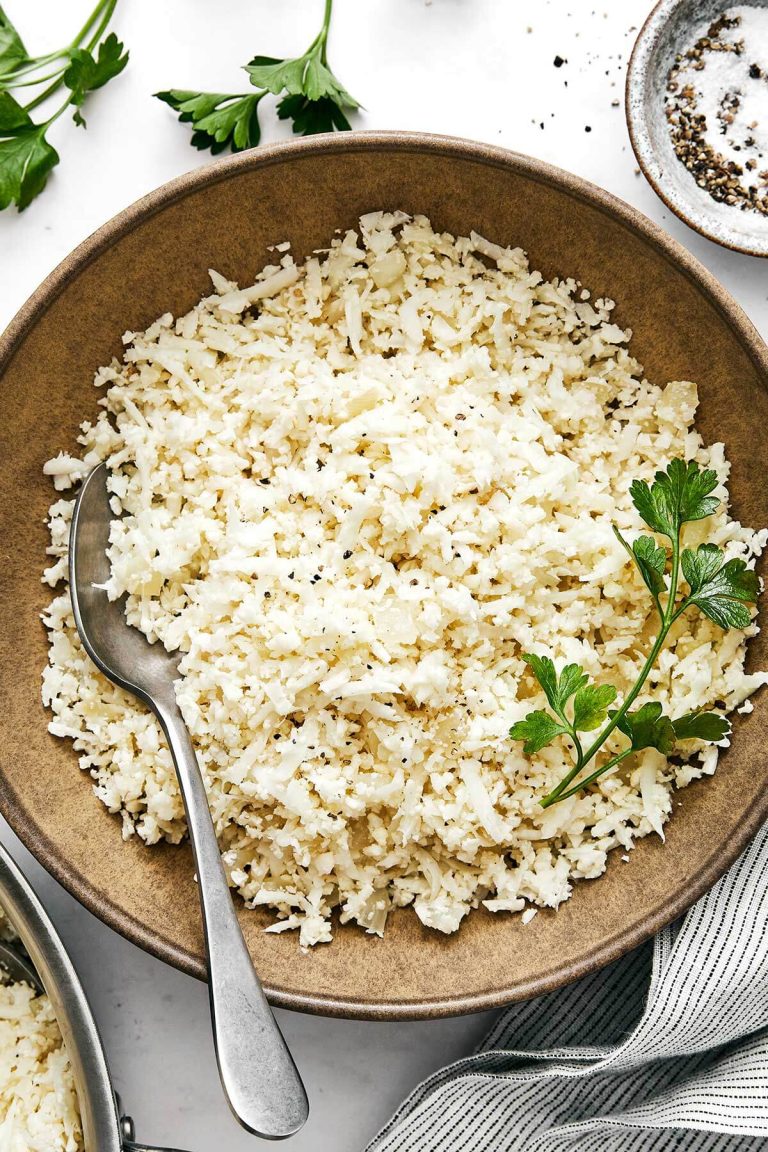Kielbasa Stew Recipe: Traditional Flavors with a Healthy Twist
Kielbasa is a type of sausage originating from Poland. Traditionally made from pork, kielbasa is seasoned with garlic, marjoram, and various spices, then smoked. It’s popular worldwide and known for its distinct, smoky flavor. You’ll find many variations, each with unique spices and preparation methods. For example, “Kielbasa wiejska” is a farmhouse-style sausage, while “Kielbasa krakowska” is a leaner, Krakow-style sausage.
The History of Stew in Eastern Europe
Stew has deep roots in Eastern European cuisine, dating back centuries. It’s a common dish due to the region’s cold climate, offering warmth and sustenance. Common ingredients include meats like pork or beef, root vegetables, and hearty grains. Historically, families used whatever ingredients were available, leading to diverse stew recipes. For instance, Hungarian goulash and Polish bigos, often featuring sauerkraut and meat, are famous stews from this region. Stew, including variants like kielbasa stew, showcases the rich culinary traditions of Eastern Europe.
Ingredients of a Classic Kielbasa Stew
The Role of Kielbasa in the Stew
Kielbasa forms the heart of the stew. Its smoky, garlicky flavor infuses the dish with depth enhanced by slow cooking. Typically, you’ll find “Kielbasa wiejska” (country sausage) or “Kielbasa krakowska” (from Kraków) in traditional recipes. These sausages add a robust taste profile, making each bite savory and satisfying. The cured meat also contributes to the stew’s rich consistency.
Vegetables and Spices Commonly Used
Common vegetables in a classic kielbasa stew include potatoes, carrots, and cabbage. Potatoes provide a hearty base, ensuring the stew is filling. Carrots add subtle sweetness and color, while cabbage delivers texture and mild bitterness.
Spices elevate the stew’s flavor. Bay leaves, black pepper, and marjoram are essential. Bay leaves impart a subtle, earthy note, while black pepper adds a hint of heat. Marjoram enhances the sausage’s herbal undertones. Additionally, garlic is crucial, reinforcing the kielbasa’s inherent flavor and providing aromatic depth. For extra richness, some recipes include paprika, adding a smoky note and slight warmth.
These ingredients, working in harmony, produce a satisfying and flavorful kielbasa stew.
Preparing Kielbasa Stew
Cooking Techniques
Start by slicing your kielbasa into 1/4-inch thick rounds. Searing these pieces in a large pot over medium-high heat for about 5 minutes ensures a caramelized exterior, enhancing overall flavor. Remove kielbasa and set aside, leaving the rendered fat in the pot.
Add chopped onions to the pot, sautéing for 3-4 minutes until they become translucent. Introduce minced garlic, stirring for an additional minute to release its aroma.
Incorporate diced potatoes and carrots, stirring occasionally for about 5 minutes. Return the kielbasa to the pot, combining it with the vegetables.
Pour in enough chicken or vegetable broth to cover the ingredients. Add bay leaves, black pepper, and marjoram, then bring your stew to a boil. Reduce heat to a simmer, cover, and cook for 30 minutes or until the vegetables are tender.
Add shredded cabbage, stirring well. Continue simmering for another 10-15 minutes to soften the cabbage and meld the flavors.
Tips for the Best Flavor
Choose high-quality kielbasa, preferably smoked for a richer taste. Authentic varieties like “Kielbasa wiejska” or “Kielbasa krakowska” provide optimal results.
Avoid overcooking the vegetables to retain their texture and nutrients. Simmer gently, keeping an eye on the tenderness of potatoes and carrots.
Season stew towards the end of cooking. Taste and adjust salt and pepper as needed, allowing spices to thoroughly infuse during the cooking process.
Add a splash of apple cider vinegar or a squeeze of lemon juice right before serving to brighten the stew’s flavors.
Consider garnishing with fresh dill or parsley for added color and a burst of fresh, herby taste.
Nutritional Benefits of Kielbasa Stew
Analyzing Caloric and Nutritional Content
Kielbasa stew offers a balanced mix of proteins, carbohydrates, and fats. A typical serving of kielbasa provides around 210 calories, primarily sourced from fats and proteins. Each link contains about 15 grams of fat and 12 grams of protein. Common vegetables like potatoes, carrots, and cabbage contribute essential nutrients, including potassium, fiber, and vitamins A and C.
Nutritional Content Table
| Component | Typical Amount per Serving |
|---|---|
| Calories | 210 |
| Total Fat | 15g |
| Saturated Fat | 5g |
| Protein | 12g |
| Carbohydrates | 20g |
| Fiber | 4g |
| Vitamin A | 20% DV |
| Vitamin C | 25% DV |
| Potassium | 300mg |
This balance makes kielbasa stew not only flavorful but also a nutrient-dense meal option. However, be cautious of the sodium content, which can be high due to the preserved nature of kielbasa.
Healthier Variations of the Traditional Recipe
Creating healthier variations of kielbasa stew involves adjusting some ingredients to lower fat and sodium content. Substitute traditional kielbasa with turkey kielbasa. This option reduces fat content by approximately 60%. Use low-sodium broth to control overall sodium levels in the stew.
For added nutrients, incorporate more vegetables like bell peppers, spinach, and zucchini. These options enhance the dish’s fiber, vitamins, and minerals. Experimenting with whole grains such as quinoa or barley instead of potatoes can create a heartier, more nutrient-packed stew.
These adjustments maintain the essential smoky flavor of traditional kielbasa stew while improving its nutritional profile.
Conclusion
Kielbasa stew offers a delightful blend of smoky and garlicky flavors that pay homage to Eastern European culinary traditions. By using traditional kielbasa varieties and a mix of vegetables and spices, you can create a hearty and flavorful dish. For a healthier twist, consider using turkey kielbasa and incorporating more vegetables to boost the nutritional value without compromising on taste. Whether you’re sticking to the classic recipe or trying out a healthier version, kielbasa stew is sure to become a favorite in your meal rotation. Enjoy the rich flavors and the nutritional benefits this comforting stew brings to your table.






